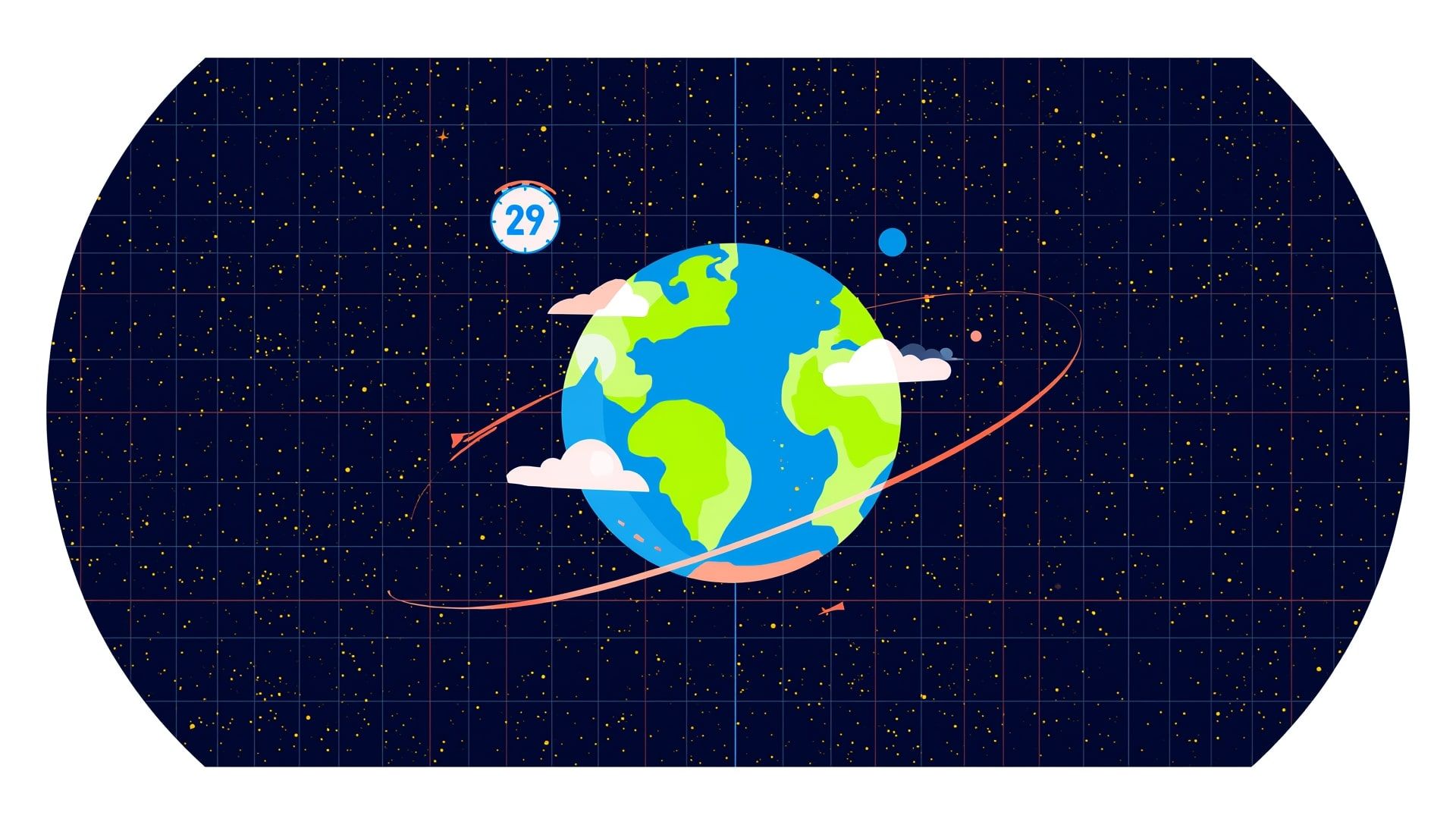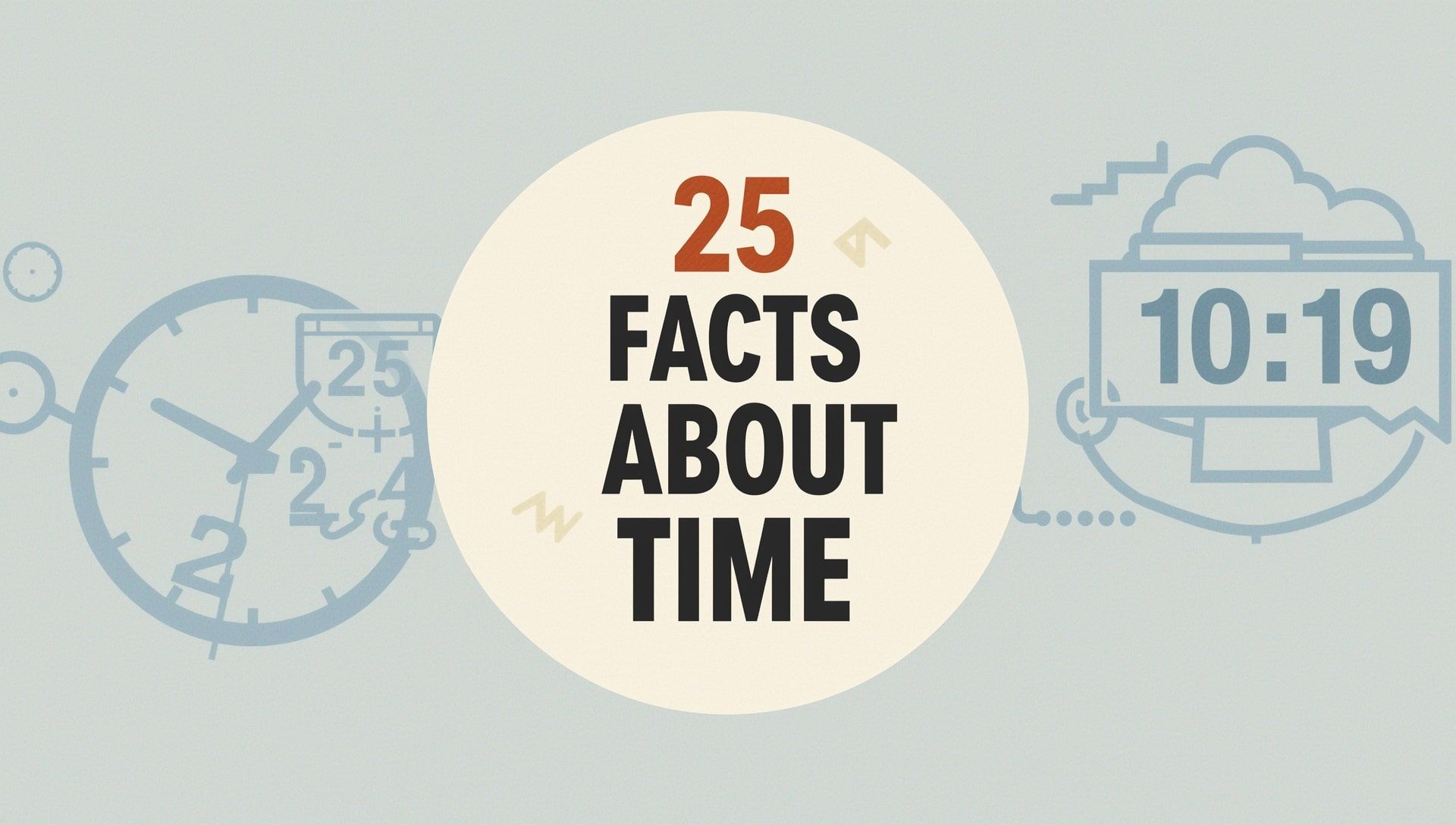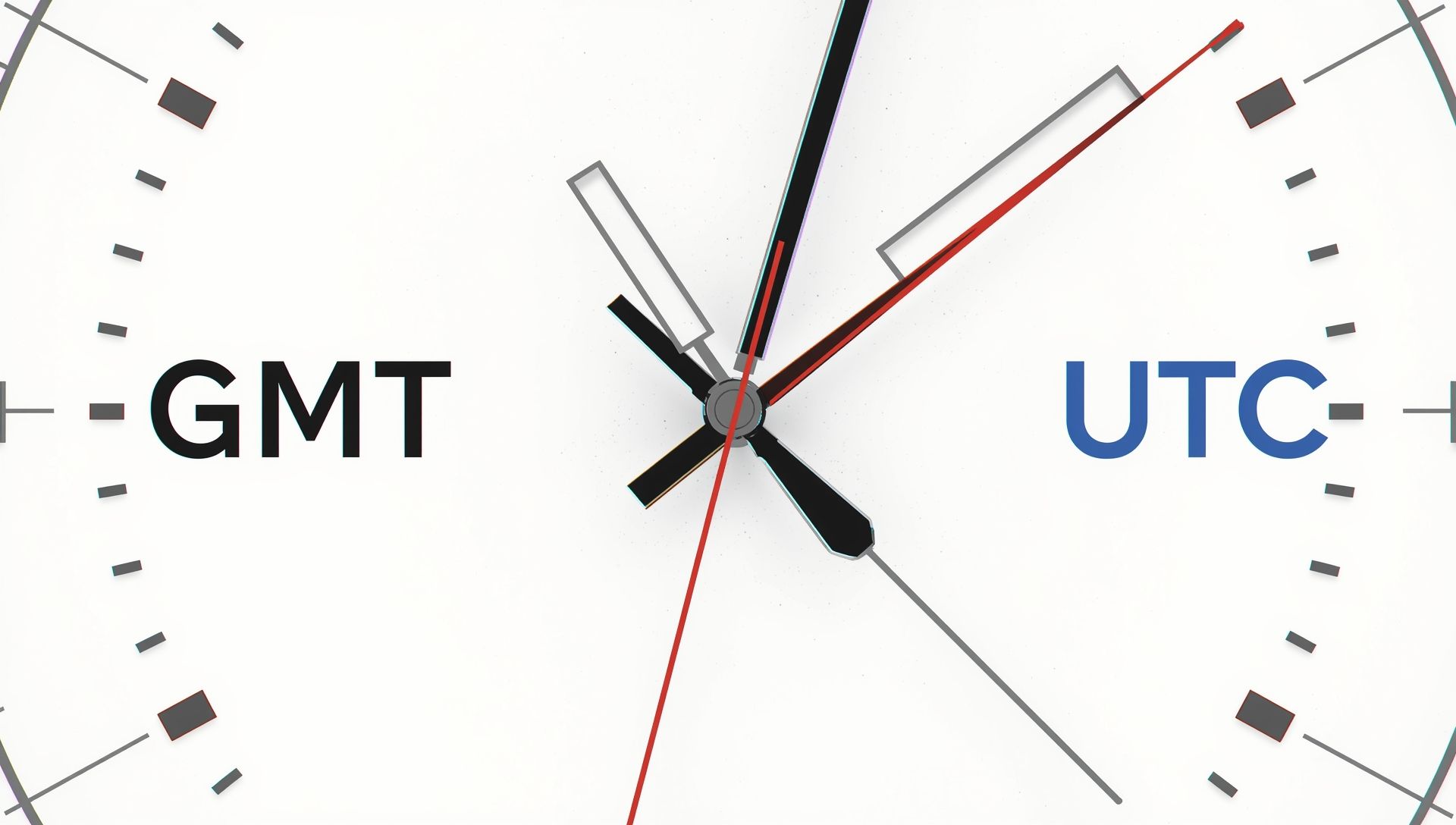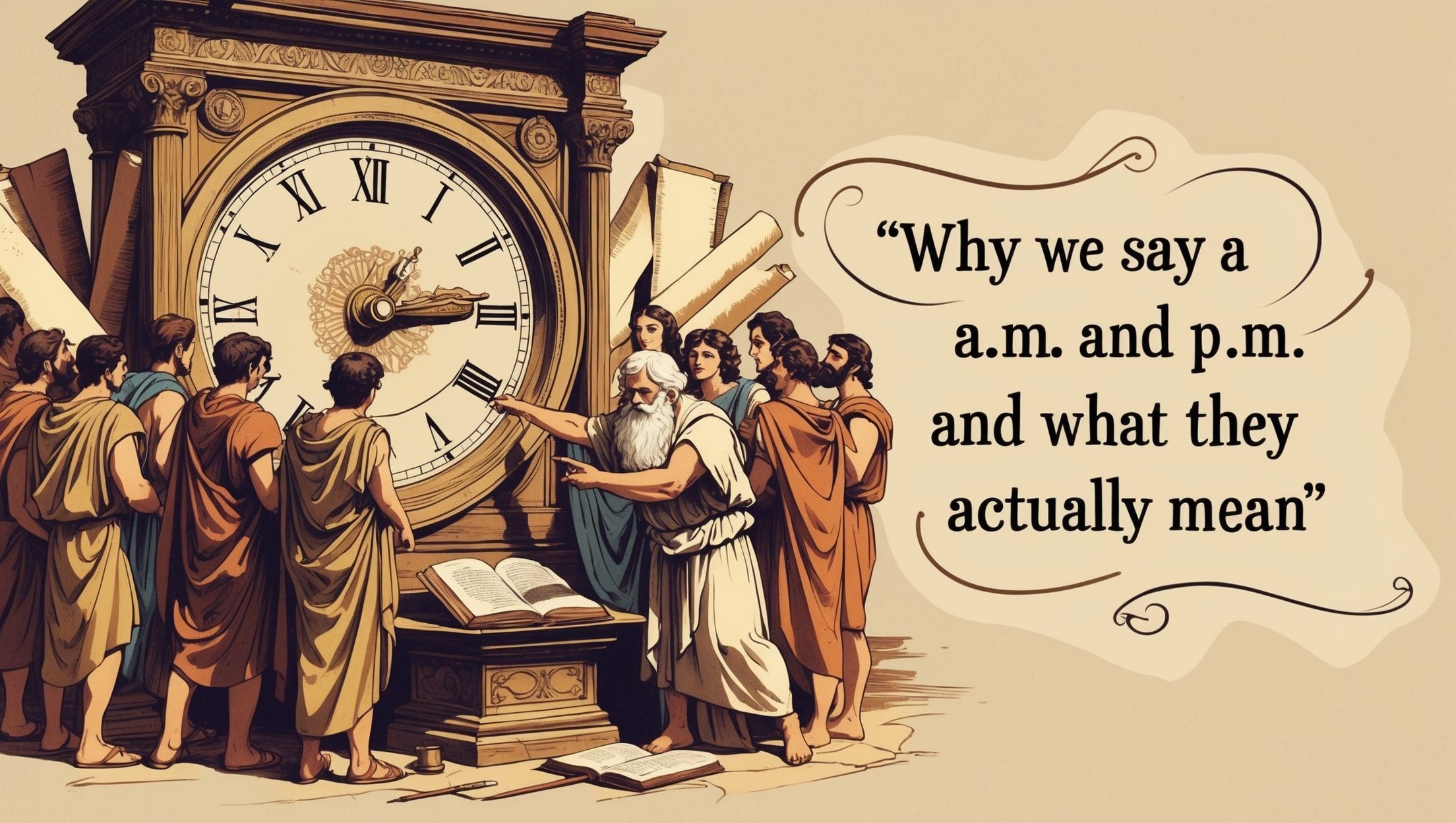The sun rises, the sun sets, and we call that a day. But why do we divide that period into 24 hours? It’s not like the Earth whispered that number into anyone’s ear. It’s one of those ancient decisions that stuck, even though it could’ve gone a dozen other ways.
The Earth’s Spin Sets the Baseline
A full day is defined by one full rotation of Earth on its axis. That takes about 23 hours, 56 minutes, and 4 seconds. But to make things easier, we round it to 24 hours. This measurement is based on the sun’s position in the sky, one noon to the next noon, the kind of standard used in IANA time zone references around the world.
So the real reason we have days at all? Because our planet spins. If it didn’t, we’d be stuck in eternal daylight or darkness. No sunrise, no sunsets, no daily rhythm. That’s the natural part.
The 24-Hour System Comes From Ancient Egypt
Thousands of years ago, Egyptian astronomers looked at the sky and decided to slice the day differently. They noticed 12 bright stars that appeared at night. These became markers for nighttime hours. Then, for balance, they divided daytime into 12 parts too, much like how modern time zone maps visually separate global regions by hours.
This gave them a neat 24-hour system. It wasn’t precise by modern standards, but it was consistent enough to plan farming, rituals, and life around. They used sundials during the day and water clocks at night to keep track.
Why Not 10 Hours, or 20?
Other cultures did try different systems. The ancient Chinese used a 12-hour cycle, but each hour was double the length of ours. The French, during the revolution, experimented with 10-hour days to match their base-10 obsession. That didn’t last long, though efforts to reform the calendar and holiday systems around it proved equally short-lived.
The reason 24 stuck is partly math. The number 24 is divisible by 2, 3, 4, 6, 8, and 12. That made it useful for breaking time into chunks, especially before digital clocks. You could easily divide the day into halves, thirds, or quarters for different activities, something still visible in world clock comparisons today.
Why 60 Minutes and 60 Seconds?
The 24-hour day wasn’t enough. We needed smaller units. Enter the Babylonians. They loved base-60 math. It’s called sexagesimal. They used it for astronomy, angles, and time. Their influence carried forward, shaping how we think about modern timezones and precision in measurement.
So we ended up with:
- 24 hours in a day
- 60 minutes in an hour
- 60 seconds in a minute
It might feel random, but it worked. Especially in times before calculators or digital watches, base-60 made mental math easier in some ways.
Nature Doesn’t Always Follow Our Numbers
The Earth doesn’t spin at a perfectly constant speed. Over time, it slows down due to tidal forces from the moon. That’s why leap seconds sometimes get added to atomic clocks. Our clocks try to match Earth's wobbling rhythm, a process monitored by UTC, the world’s time standard.
Even so, we stick with 24 hours because it aligns well enough with the sun’s cycle. It’s familiar. And it works for coordinating everything from sleep to space launches.
How We Still Use Ancient Time Today
Next time you check the time on your phone, remember this:
- You’re using Egyptian star logic
- Your minutes are based on Babylonian math
- Your watch is divided using choices made over 4,000 years ago
- We still use 12-hour clocks for daily life, just like ancient tools
- Most of the world runs on these ancient decisions, adjusted by atomic precision
That’s history ticking by on your wrist, and it connects everything from ancient sundials to the accuracy of your morning alarm.
Staying On Track With a System That’s Thousands of Years Old
We could have gone with 10-hour days or some decimal system. But we didn’t. Instead, we stuck with a blend of starlight, sun movement, and ancient preferences. It may not be perfect, but it keeps planes on time, alarms buzzing, and lives in rhythm, thanks to tools like timers and stopwatches that echo the precision of history.
And all because some stargazers in linen robes decided the sky looked better in twelves.









